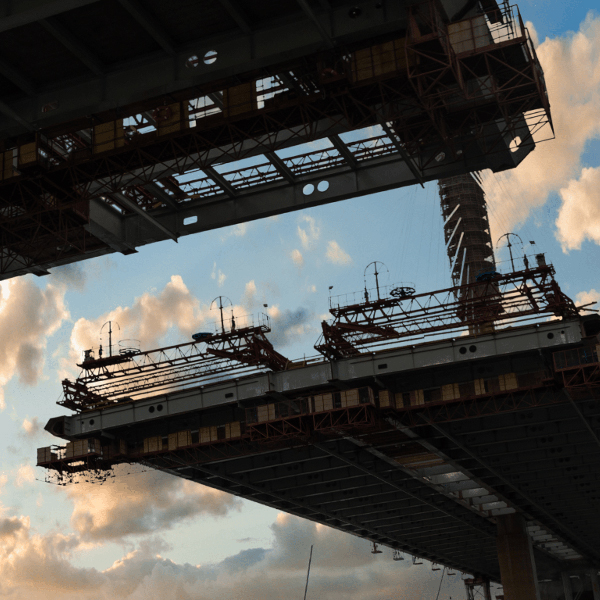With the $1.2 trillion package now through the Senate, what could it mean for the logistics space?

By Dean Corbolotti, VP, Managed Services at Sleek Technologies
Just a few weeks ago, the Senate approved a massive $1.2 trillion infrastructure package that will help rebuild the worn out bridges and roads throughout the country, as well as fund new climate resilience and broadband initiatives. With the bill now clearing its first hurdle, a wide range of industries are paying close attention to additional developments and what will and will not ultimately be included. Chief among them is logistics, which relies heavily on these areas to help transport goods.
With that in mind, here are what I believe to be some of the biggest benefits of the government’s new package for logistics companies and the industry at large.
No matter how you slice it, better road conditions ultimately improve safety for everyone traveling on them. The new bill will provide $110 billion for repairing highways and roads, $40 billion of which will be allotted to fixing bridges, which are currently in dire need of updating. These bridges tend to be the best crossing routes over water and valleys for miles in either direction in some cases, so it’s critical to get them in good working order so they’re safe to travel over. In addition, $39 billion of the new bill will be used for public transit, which could also help alleviate traffic congestion in some areas, making many routes easier to navigate, while saving time and preserving fuel.
Of the package’s funding, $66 billion will go to improving Amtrak’s 457-mile Northeast Corridor, which will help draw even more people back to riding the train as service and timeliness improve. This uptick in people utilizing mass transportation should lead to less traffic congestion on many of the most heavily-travelled roads. As freight trains utilize the same tracks as commercial trains, they would experience similar benefits on the service side.
Subsequently, the need to transport all the materials for improving all the infrastructure will drive more demand through the supply chain from a truck and rail perspective. Warehousing will also see increased activity, as it becomes more important to stock certain items closer to the projects they are designed for.
Another major benefit of the bill that could go under the radar — but deserves to be addressed — is the jumpstart of pilot programs for the next generation of truck drivers. The driver shortage is one of the biggest issues plaguing our industry — and it’s only getting worse. Today, as veteran drivers are retiring, they’re not being replaced with qualified, younger drivers at a similar rate, resulting in real staffing issues throughout the industry.
Part of the issue here is that there just isn’t a structured government-subsidized training program for kids graduating high school who may not want to, or have the means to, go to college. Currently, a large portion of these kids start in a trade program that doesn’t require them to wait until they turn 21-years-old to begin. Common examples of such programs include electrical and pipe-fitting. By the time their 21st birthday rolls around, they aren’t going to drop the trade they’ve spent the past 3 years working on to become a truck driver. I believe that truck-driving should be a trade that allows people to start paid training the day they turn 18.
There’s no question that the new infrastructure bill the Senate passed will do wonders for the logistics industry. The money they are offering to fix the roads and bridges will make it easier on drivers and allow goods to be delivered safely, and in a timely manner. But there is a lot of work to be done, and only time will tell how long these projects will take to complete.
In this episode, I sat down with Beejan Giga, Director | Partner and Caleb Emerson, Senior Results Manager at Carpedia International. We discussed the insights behind their recent Industry Today article, “Thinking Three Moves Ahead” and together we explored how manufacturers can plan more strategically, align with their suppliers, and build the operational discipline needed to support intentional, sustainable growth. It was a conversation packed with practical perspectives on navigating a fast-changing industry landscape.